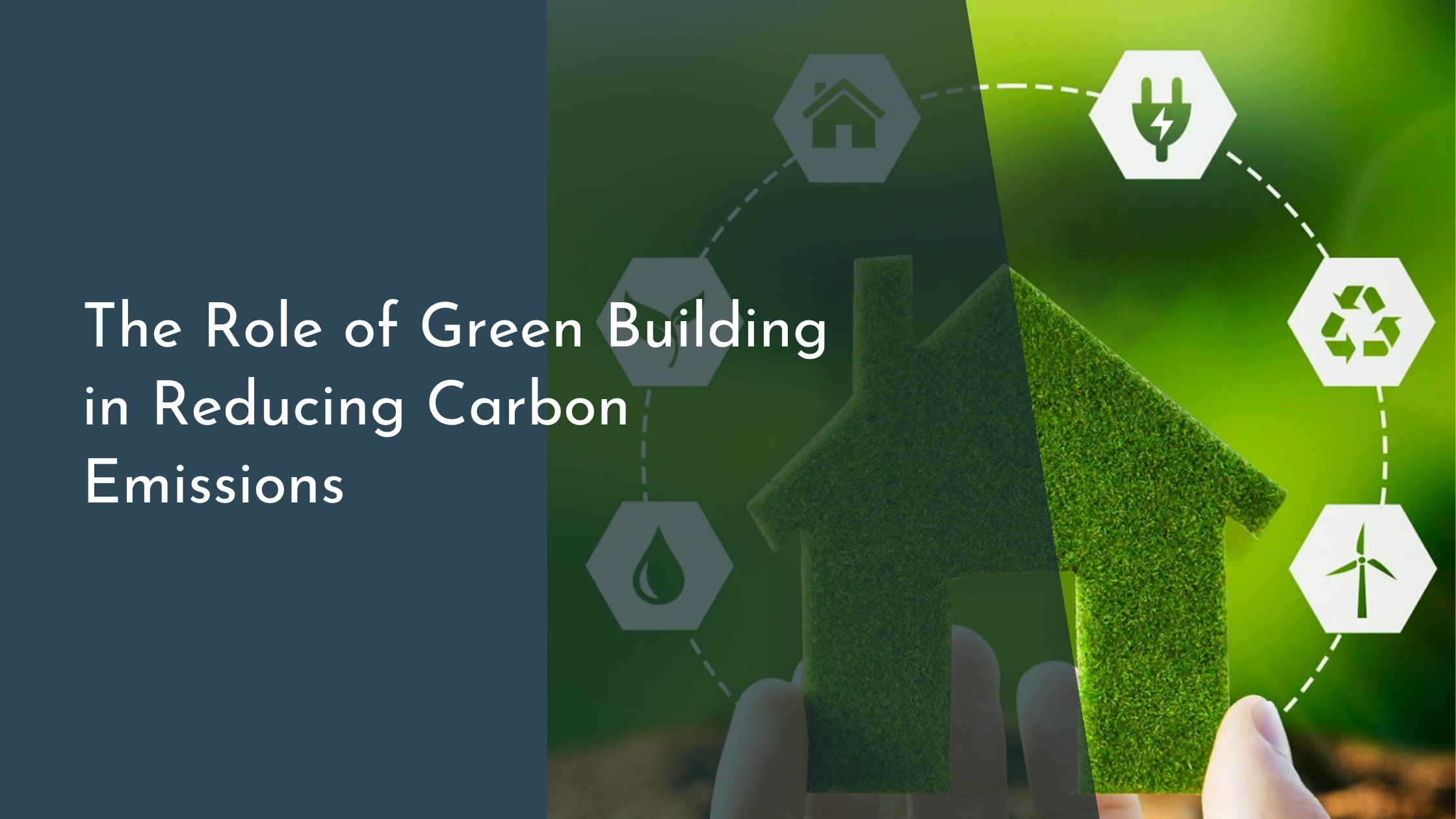The Role of Green Building in Reducing Carbon Emissions
As the world grapples with the escalating climate crisis, the construction and real estate sectors find themselves at a pivotal crossroad. Buildings are responsible for a significant portion of global carbon emissions, yet they also hold the key to transformative change. Enter green building — an innovative approach that promises to reshape our skylines while significantly reducing our carbon footprint. This article explores the role of green buildings in minimizing carbon emissions, examining the principles, features, and benefits of sustainable architecture. Let’s embark on a journey toward a greener, cleaner future!
Understanding Green Building Principles
At its core, green building is anchored in the principle of sustainability — a holistic approach that seeks to minimize the impact of construction on the environment. This involves considering the entire lifecycle of a building, from design and construction to operation and eventual decommissioning. By prioritizing energy efficiency, water conservation, and sustainable materials, green building aims to reduce the carbon emissions associated with traditional architecture. This sustainable ethos is not just about preserving natural resources; it’s about creating structures that harmonize with their surroundings and improve the quality of life for occupants.
The concept of green building goes beyond merely reducing energy consumption. It encompasses the thoughtful integration of buildings into their natural environment and the use of innovative technologies to achieve environmental goals. This means designing buildings that are not only energy-efficient but also support biodiversity, minimize waste, and promote health and wellbeing. By embracing these principles, architects and developers can contribute to a more sustainable future while still delivering aesthetically pleasing and functional spaces.
Key Features of Sustainable Architecture
One of the defining features of sustainable architecture is the use of renewable energy sources. Solar panels, wind turbines, and geothermal systems are increasingly being integrated into building designs to reduce reliance on fossil fuels. These technologies not only cut down on carbon emissions but also offer long-term cost savings. In addition, green buildings often feature advanced energy management systems that optimize energy use, ensuring that resources are used efficiently and intelligently.
Another key feature of sustainable architecture is the strategic use of sustainable materials. These are materials that are sourced responsibly, have a low environmental impact, and are often locally produced to reduce transportation emissions. Examples include reclaimed wood, recycled steel, and low-VOC (volatile organic compound) paints. Green buildings may also incorporate innovative materials like bamboo and hempcrete, which are both renewable and durable. By choosing these materials, developers can significantly reduce the carbon footprint of their projects, while also supporting local economies and reducing waste.
Benefits of Green Buildings for the Environment
Green buildings offer a plethora of environmental benefits, chief among them being the substantial reduction in carbon emissions. By implementing energy-efficient designs and using sustainable materials, these structures require significantly less energy to operate and maintain. This, in turn, leads to lower greenhouse gas emissions, helping to combat climate change. Additionally, green buildings often incorporate water-saving technologies, such as rainwater harvesting and gray water recycling systems, which alleviate the pressure on local water resources and reduce overall consumption.
Beyond carbon emissions and water use, green buildings contribute to enhanced air quality and biodiversity. The integration of green roofs, walls, and landscapes not only provides insulation and reduces energy usage but also creates habitats for wildlife. These green spaces can improve urban air quality by absorbing pollutants and releasing oxygen. Moreover, buildings designed with natural ventilation and non-toxic materials promote healthier indoor environments, leading to improved health outcomes for occupants. By fostering biodiversity and enhancing air quality, green buildings create healthier, more vibrant urban spaces.
The shift towards green building is not just a trend; it’s a crucial step in combating climate change and fostering a sustainable future. As technology advances and awareness grows, the adoption of green building practices is poised to become the norm rather than the exception. Both the environment and society stand to gain from this transition, with reduced carbon emissions, improved public health, and more resilient communities. By embracing green building principles, we can pave the way for a brighter, more sustainable future where both people and the planet can thrive. As stewards of the earth, it’s our responsibility to support and advocate for a built environment that prioritizes sustainability and carbon neutrality.

